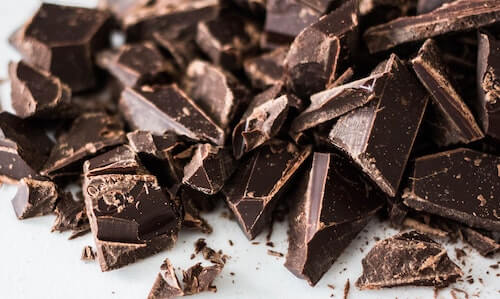Heart-Healthy Diet: 6 Steps to Prevent Heart Disease

© Jamie street
When it comes to preventing heart disease — the leading cause of death among men and women — diet is critically important, especially as we age. In this post, we will go over the basics of a heart-healthy diet and the six simple steps you can take to prevent heart disease.
Step 1. Add Leafy Greens into Your Diet
Leafy greens, including spinach, kale, and collard greens, are well known for their abundance of vitamins, minerals, and antioxidants. They are an excellent source of vitamin K, which helps protect the arteries and promote proper blood clotting. What’s more, leafy greens are high in dietary nitrates, which have been shown to reduce blood pressure, lower arterial stiffness, and improve cell function.
Some studies have even gone as far as linking an increased leafy green intake to a lower risk of heart disease. In fact, researchers have found that including leafy greens in your heart-healthy diet is associated with up to a 16% lower risk of heart disease.
Step 2. Eat More Fatty Fish
Adding more salmon protein to your heart-healthy diet protects your heart as fatty fish, including salmon, are loaded with omega-3 fatty acids, which have been studied at length for their heart health benefits. Studies have linked high rates of salmon consumption with lower cholesterol, blood triglycerides, fasting blood sugar, and systolic blood pressure. If your diet doesn’t contain a lot of seafood, you can try fish oil supplements to get your daily dose of heart benefits. If you don’t have access to fresh seafood in your area, don’t worry, Wild Alaskan provides seafood delivery to allow customers to take advantage of the heart health benefits and great protein in salmon no matter where you live.
When you’re cooking your salmon, don’t forget to prepare it in a healthy way without added trans fat and saturated fat. Use extra virgin olive oil instead of butter, and opt for lighter ways to cook your salmon like the grill or oven, instead of deep-frying it.
Step 3. Satisfy Your Sweetest Tooth with Dark Chocolate
Dark chocolate is not only rich and delicious, but it’s also rich in antioxidants like flavonoids, which can help improve heart health. There have been several studies that have shown a link between eating dark chocolate with a lowered risk of heart disease.

One study found that eating dark chocolate at least two times per week was associated with a 32% lower risk of developing calcified plaque in the arteries. Since chocolate can be high in sugar and calories, it’s important to opt for high-quality dark chocolate that has at least 70% cocoa.
Step 4. Control Your Portion Sizes
Did you know that how much we eat is just as important as what we eat? Follow these steps to keep your portions — and the amount of fat, calories, sugar, and sodium you consume — under control:
- First of all, always try to use a small plate or bowl to control your portions. If you don’t have room for excess food, you’re much less likely to take too much.
- Limit yourself to one serving of meats and other foods that contain more fat and salt.
- Eat more lower calorie, nutrient-rich foods, like fruits and veggies.
Step 5: Choose Whole Grains

Whole grains are key for a heart-healthy diet because they contain all three nutrient-rich parts of the grain: the germ, the endosperm, and bran.
There are many whole grains to choose from, including whole wheat, brown rice, oats, barley, rye, quinoa, and buckwheat. Compared to refined grains, whole grains have a higher fiber content, which may help reduce the “bad” LDL cholesterol and lower the risk of heart disease.
When purchasing whole grains, it’s important to read the label carefully because though phrases like “whole grain” and “whole wheat” indicate a whole-grain product, phrases like “multigrain” or “wheat flour” may not.
The best part is, the swap to whole grains is quite easy. Instead of white breads, rice, and pastas, choose their whole-grain counterparts.
Step 6: Limit Your Intake of Poor Nutrient Foods
For a healthy heart, limit how much saturated fat, trans fat, and sodium you consume. Limiting sodium is especially important for a healthy heart. To lower your blood pressure, aim to eat no more than 2,300 milligrams of sodium each day. If possible, you should reduce your sodium intake to 1,500 mg per day to lower your blood pressure even more.
It’s also important to drink enough water and stay away from sugary drinks like soda and juice. Add vegetables and fruit to your plate to fill you up without empty calories and added sugar.
What we eat is just as important as our physical activity levels when it comes to keeping our hearts in tip-top shape. With some preparation and a few small tweaks to your diet, you’ll help guarantee a healthy and happy future.



